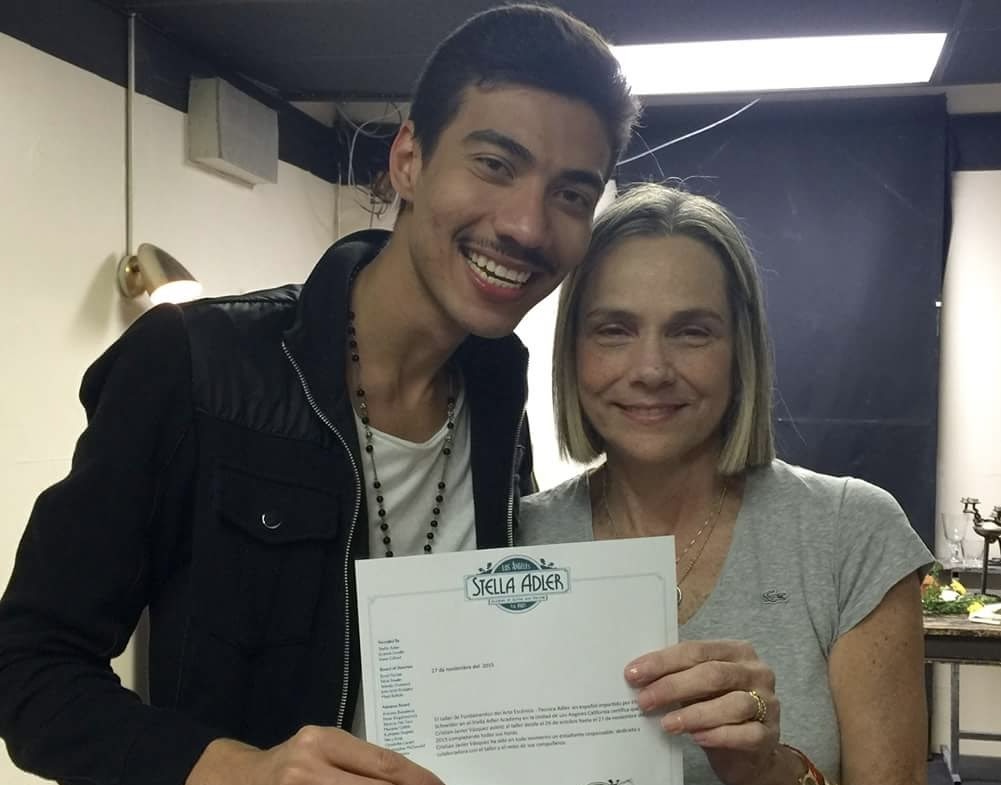(LOS ANGELES) — The sensationalism inherent in local news coverage often leads to an inflated public perception of crime rates, influencing behaviors such as relocating, enhancing home security, and purchasing firearms. However, public perception of crime is not always grounded in reality; it can be a distorted reflection more indicative of media representation than actual crime statistics.
Despite the prevalence of news reports depicting violence, the frequency of violent crimes is commonly overestimated by the public. For instance, the national Survey of Economic Expectations reported that, over a decade, participants predicted a 15% likelihood of being robbed in the following year, while the actual rate stood at a mere 1.2%. This disparity is echoed by a 2019 Gallup survey, which found that 64% of Americans nation-wide erroneously believed that violent crime had escalated from the previous year.
So where does the media come in? Most people don’t sit by police scanners to find out about crime in their area; they turn to the news. This is a huge responsibility. One that news outlets haven’t been careful enough about. A study published in the Sociological Forum found that less common, more violent crimes (like murder) received more airtime than less severe crimes like theft. Another study found that consuming local news increased people’s crime anxiety and perception of crime prevalence.
Can fear of crime lead to more crime? The same Gallup study as above asked respondents if they had bought a gun for protection. In 2021, 35% said yes. However, a study published in the Annals of Internal Medicine found that between 2004 and 2016, “Overall rates of homicide were more than twice as high among cohabitants of handgun owners than among cohabitants of nonowners.” In other words, it’s safer to live in a house without a handgun than it is to live in one with a firearm. People might buy guns to feel safer, but having it have the reverse effect.
What can we, as journalists, do about this problem? Erase the “if it bleeds, it leads” mindset. Understand that while people have a fascination with crime, there’s a responsibility to make sure that crime isn’t being reported on just for clicks by considering the effects of the story on your community.
In 2021, the Arizona Republic took accountability for the impact that its crime reporting has had on the community and decided to do something about it. The publication listed the steps being taken to cover crime more responsibly which included: including details about what led up to the crime and what happened after, focusing on crime trends over minor and nonviolent crimes, gauging a story’s importance to its audience, and being more conscious of how its reporting might feed biases and stereotypes.
If all media outlets decided to develop a standard for crime reporting like the Arizona Republic, crime anxiety would decrease and crime rates might follow. It’s clear that the media does have an impact on the public’s perception of crime and it’s our responsibility as journalists to take that power seriously by considering more carefully which crime stories should be published and how.


